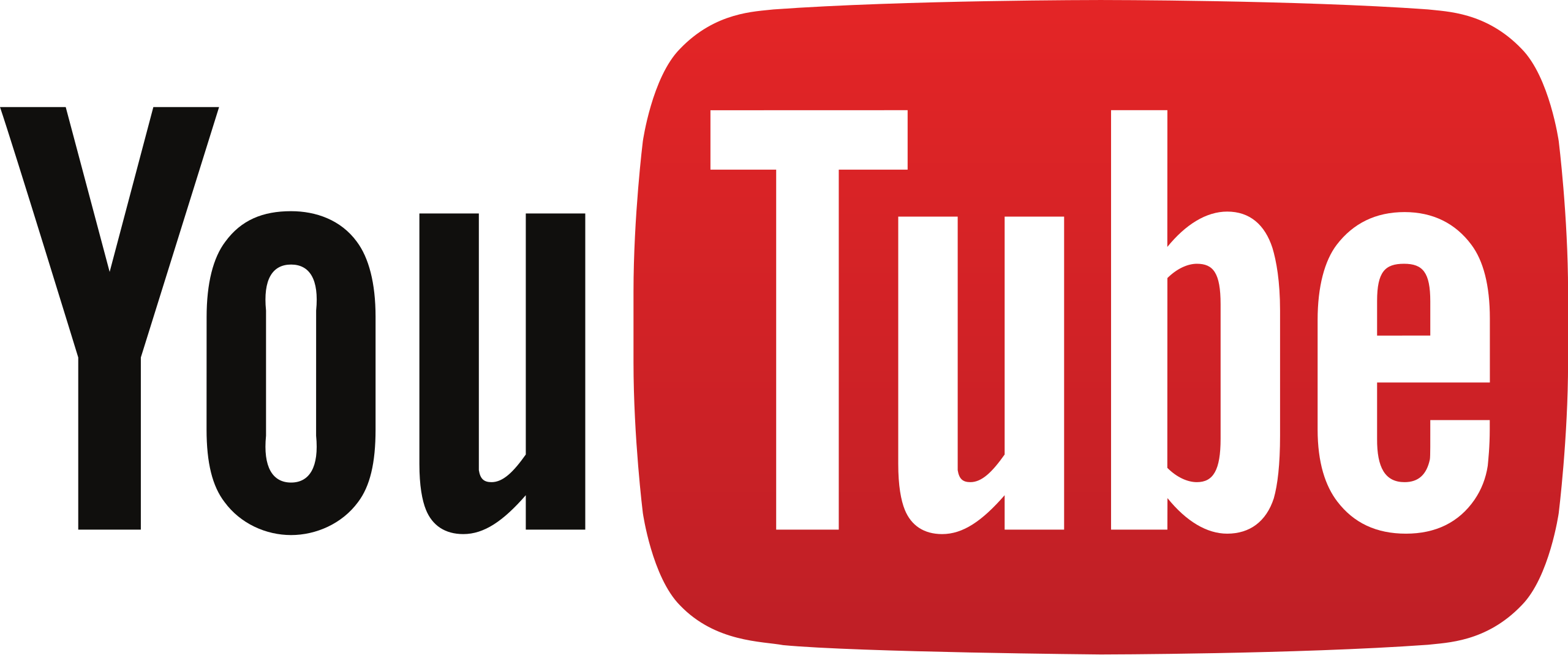On the core inflation side, where volatile items such as food and energy are excluded, there are 0% and 1.4% monthly and annual increases, respectively. Market expectations were 0.3% and 1.5% monthly and 1.5% in the headline CPI, and 0.2% and 1.5% monthly and 1.5% in the core CPI.
When we look at the sub items; Gasoline prices continued to rise by 7.4% in January, making up most of the seasonally adjusted increase in the all-item index. Although the electricity and natural gas indices decreased, the energy index rose 3.5% during the month. The food index rose slightly in January, and the rise in the away-from-home food index more than offset the fall in the food at home index. While the core inflation, excluding food and energy, did not change in January; Clothing, medical care, housing and motor vehicle insurance indexes all rose over the month. The indices for recreation, used cars and trucks, airline fares and new vehicles all fell in January.
As it shows that the core inflation trend is quite weak, there is no demand development in the economy other than basic products, and this stands out as the most negative component of inflation at the moment. The main factor that will determine the improvement on the demand side will be the fiscal stimulus package. As financial aids come into play, we will be looking at the contribution of expenditures towards consumption. The fact that price pressures are accompanied by demand is important for inflation. Because costs are increasing and the reflection of this on retail prices will be accelerated by the strengthening of demand in the economy. At this stage, of course, it is not decisive for the Fed, but when the threat of overheating in inflation reflects on interest rates, we will likely see a more active Fed.
Kaynak Tera Yatırım
Hibya Haber Ajansı
Kaynak: Hibya Haber Ajansı








